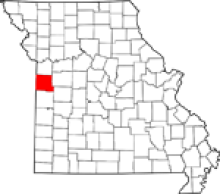Municipal Network SpringNet is Great for Local Businesses
On September 11th, we interviewed Todd Murren, Director of SpringNet, for our Community Bradband Bits podcast. Todd told us the story of how travel giant Expedia, chose Springfield, Missouri, as the location for their call center and how SpringNet services them with its high capacity network.
Expedia originally planned on working with a large national carrier to provide connectivity. When it was time to seal the deal, however, promises were broken - the telecommunications company revealed it would not be able to provide the needed bandwidth after all. Expedia almost walked away from Springfield. Thanks to SpringNet, however, and its 350 fiber miles and first class business services, Expedia stayed. SpringNet saved 400 new local jobs.
Todd gave us more examples of how SpringNet has contributed to the local economy as it serves over 200 business clients. In addition to these examples of how SpringNet directly influences the local economy, keep in mind the positive ripple effect. Here a quick list from Todd:








